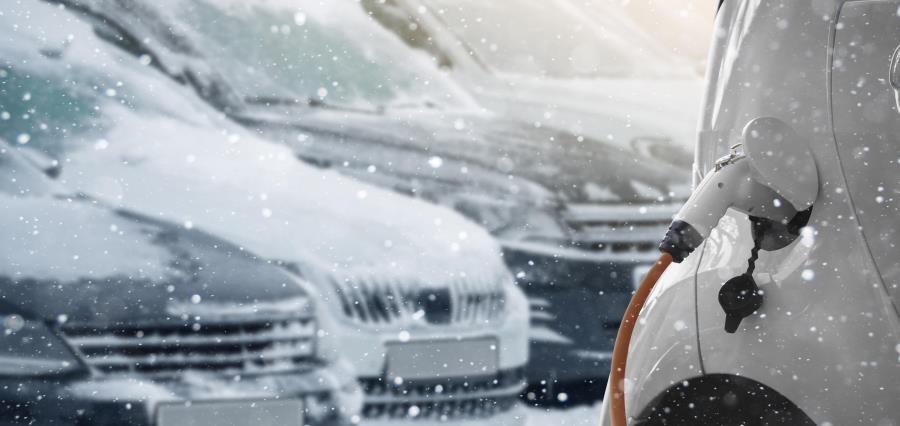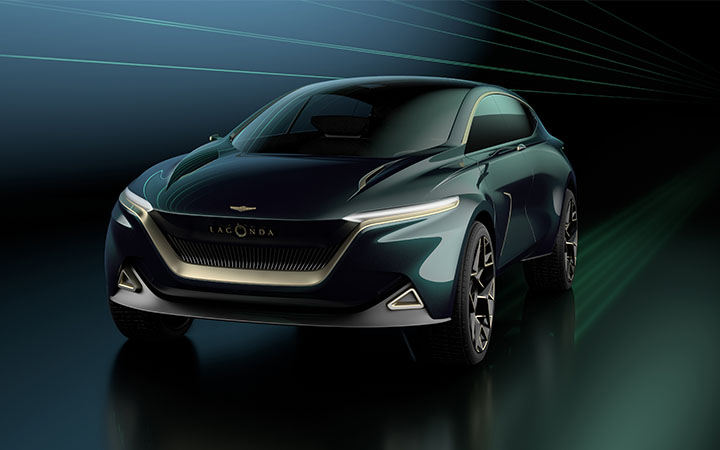Norway is made up of almost 240,000 islands, more than 1,000 fjords, more than 2,000 waterfalls and approximately 3,200,000 moose, with up to eleven metres of snow falling onto the country each winter season.
This small Scandinavian country has a particularly clear lead over the far bigger players, it is the undisputed world leader in electric mobility. In 2021, more than 60% of the country’s newly registered cars were 100% electrically powered.
This translates to some 81 electric vehicles per 1,000 inhabitants, making these green Viking warriors the world leaders by a long margin. Germany, one of the most progressive countries in Europe, achieves about one-tenth of that figure with most others well below that.
This hasn’t happened by chance, but rather by strategy. More than 98 percent of the country’s electricity comes from hydroelectric and wind power plants, making green electricity often cheaper across Scandinavia than gas or diesel. Norway also has the tightest ambitions for the phase out of fossil fuelled vehicles, with no new cars and light trucks powered by combustion engines to be sold in the country by 2025 at the latest.
The purchase of electric vehicles has also been promoted for many years by the Norwegian Government as well as the country’s private enterprise. What makes all of this surprising is that the country’s climate conditions are the complete opposite for a smooth and speedy transformation to sustainable and low-emission E-mobility.
The weather conditions in a country where it can get as cold as minus 40 degrees celsius in winter are not at all ideal for the technology used for E-Mobility. Electric batteries are sensitive, regardless of whether they are installed in a Smartphone or underneath an electric car. They simply do not operate as well in blistering summer heat, or under extreme winter cold conditions.
Freezing cold weather slows down the battery’s electrochemical processes, causing the battery voltage to drop and with that comes the risk of deep discharge, which is harmful to the life of the battery. The performance of an electric vehicle battery is optimised in a temperature margin that sits between 15 and 40 degrees Celsius.

This has given automotive thermal management engineers the challenge to ensure vehicle batteries remain within that temperature range regardless of extreme climate and driving conditions in particular countries.
Where the traditional combustion engine was all about generating heat and then controlling that heat by water and air cooling, electric vehicle thermal management is all about protecting the life and operation of the battery by heating and cooling it as required based on the area’s climate and the thermal conditions created in hot, wet or cold driving conditions.
In principle, the design of electric vehicles is far less complex than combustion engined vehicles. A petrol fuelled engine with a manual transmission has about 1,400 parts. By contrast, an electric car needs just around 200 individual components. The cooling and heating lines are one of the few exceptions to this, as electric vehicles need a lot more of these, not just for battery temperature control but also for the powertrain, electrical circuit boards (just like the fans on your computer) and the air conditioning system.
Automotive engineers have provided car companies with thermal systems that are proven to work effectively for the modern day electric vehicle driving Viking world champions of Norway. If they can do this for them, there is no doubt that the same cannot be done for other countries with extreme hot or cold climates.
It is important to note that whatever the increases in E-mobility use anywhere in the world, that every single electric vehicle will still need to be maintained and have consumable components replaced by mechanics and specialists just like you.


